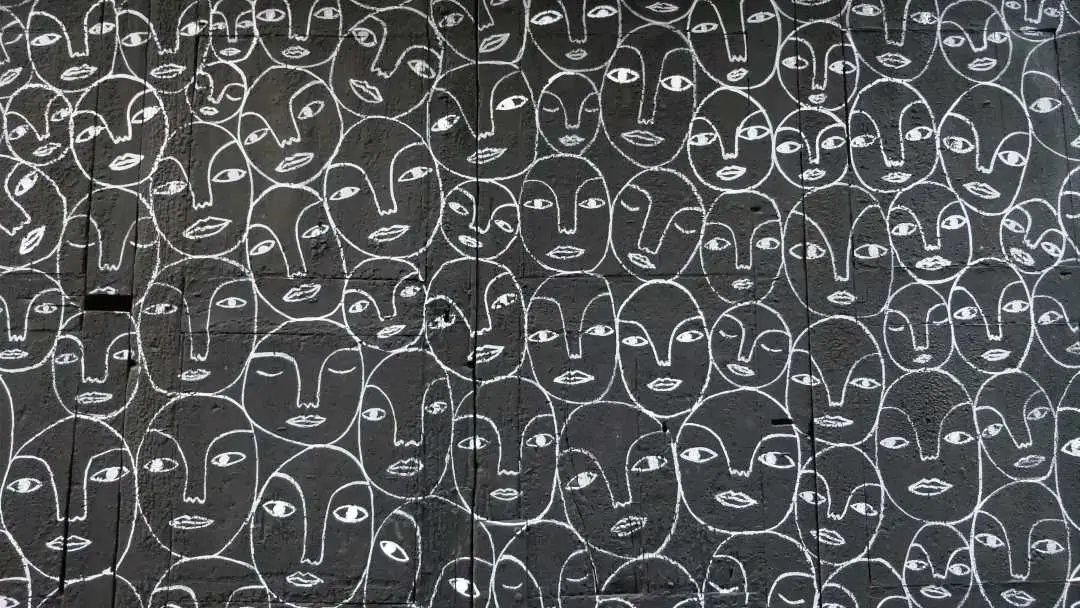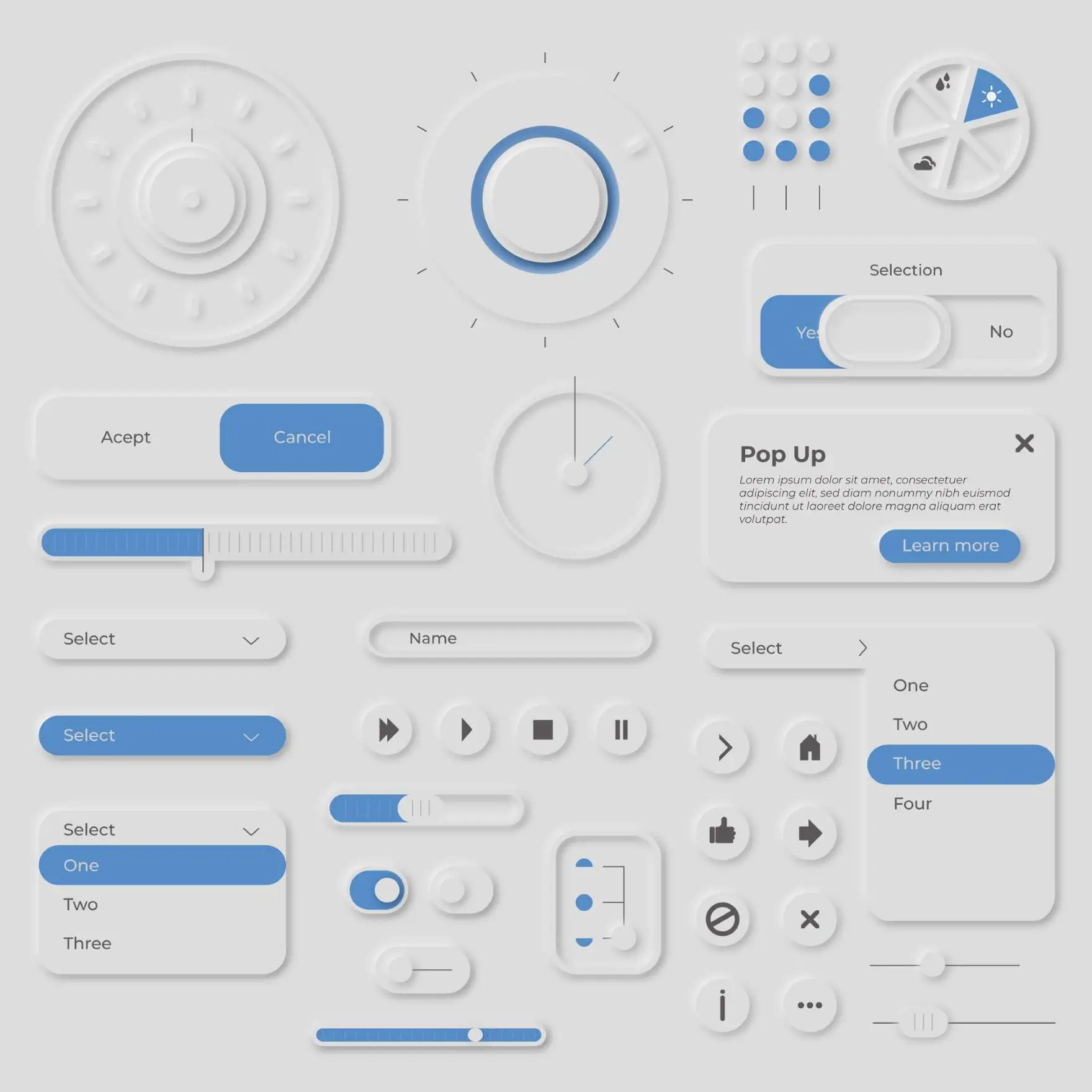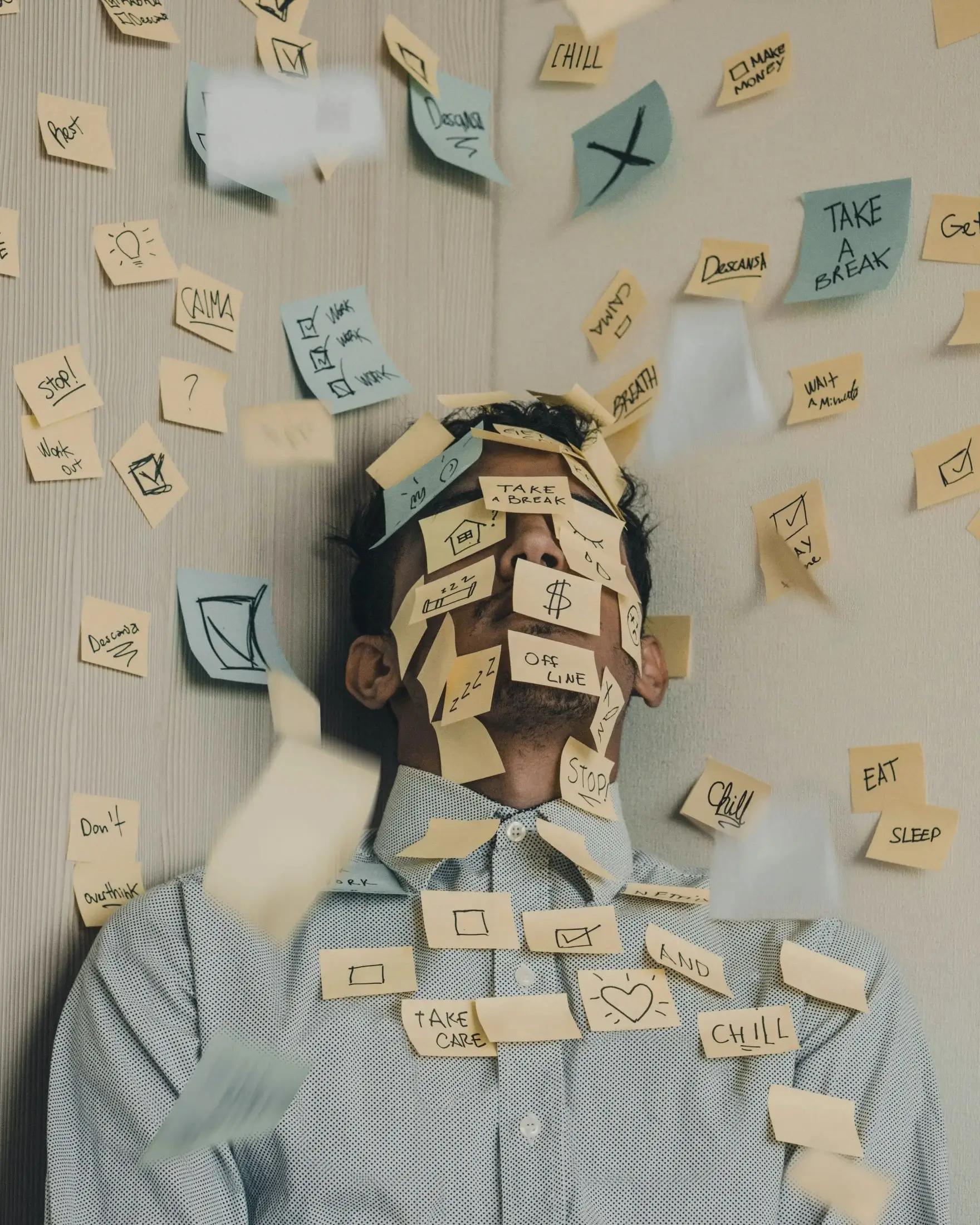Perhaps it's been the numerous forest fires or record breaking temperatures, but, in recent years, there has been a significant shift in consumer consciousness. More and more people are becoming aware of the environmental impact of their choices. As a result, the demand for eco-friendly and sustainable products has soared. This has prompted industries to finally reevaluate their practices now that money is to be grubbed from consumers under the guise of noble business practice. The design industry, in particular, has been shaken up by this challenge, forcing designers to embrace sustainability as a driving force in the creative processes.
In this blog post, we will explore how designers are responding to the call for eco-friendly design, from innovative eco-packaging solutions to the rise of environmentally conscious web design.
Eco-Packaging: A Greener Approach to Packaging Design
Traditional packaging has long been a major contributor to environmental pollution, generating vast amounts of waste that often ends up in landfills or our oceans. This has irritated me to point that this was in fact the thesis for my rejected PHD.
Eco-friendly design aims to minimize this impact by adopting greener practices.

-
Sustainable Materials: Designers are increasingly turning to sustainable materials such as recycled paper, biodegradable plastics, and plant-based inks. These materials not only reduce the carbon footprint but also provide a unique and eco-conscious touch to product packaging. Using materials that can be infintiely recycled (essentially metal and glass) helps to prevent need for new material extraction, diverts from landfill and uses much less energy to produce. Read more about this here if this has ticked the right hemisphere of your brain.
-
Minimalist Design: Thanks to current trends, embracing minimalism in packaging design helps reduce material usage, reduce manufacturing complexity and reduce waste while creating a sleek and sophisticated look that resonates with many consumers.
-
Reusability and Upcycling: Designers are exploring innovative ways to design packaging that can be reused or repurposed, extending the life cycle of the materials and minimizing waste. I went looking for some examples and decided that this would make a pretty cool follow up post, so now you have to wait.
Sustainable Product Design: Form and Function with the Environment in Mind
Beyond packaging, eco-friendly design is influencing the creation of sustainable products across various industries. From furniture made with reclaimed wood to energy-efficient electronics, the focus is on both form and function, without compromising on environmental responsibility.
If you are near Bristol, visit SPARKS. Sparks Bristol is a department store designed to support people in Bristol to take easy (and often money-saving!) actions on climate, equality and wellbeing. It is really innovative and interesting!
-
Cradle-to-Cradle Design (C2C): C2C is a variant of the corporate cradle-to-grave, creating a product's lifecycle with the assumption it will end in a grave (landfill). Following the cradle-to-cradle approach, designers are designing products with materials that can be easily recycled or biodegraded, ensuring a circular economy and reducing the strain on natural resources.
-
Energy Efficiency: Electronics and appliances are being designed with energy efficiency in mind, helping consumers reduce their energy consumption and carbon footprint.
Environmentally Conscious Web Design: Digital Sustainability Matters
Eco-friendly design has also extended its long green thumbs into the digital realm, with designers recognizing the significance of reducing the environmental impact of websites and digital products and consumers choosing to support those that do.

-
Green Hosting: Designers are choosing web hosting services that run on renewable energy sources, minimizing the carbon emissions associated with website hosting.
-
Optimize for Speed and Efficiency: By optimizing websites for faster loading times, designers can reduce energy consumption and enable a smoother user experience.
-
Eco-Friendly UX: Intuitive and user-friendly interfaces help reduce the time users spend navigating a website, resulting in lower energy usage. There is a bit of a trade off here because many websites are still designed to keep you browsing for as long as possible.
Conclusion
As the world continues to grapple with environmental challenges, the design industry plays a pivotal role in shaping a sustainable future. Embracing eco-friendly design practices, from eco-packaging solutions to environmentally conscious web design, not only reduces our ecological footprint but also sends a powerful message to consumers. By prioritizing sustainability, designers are demonstrating their commitment to creating a more environmentally responsible and resilient world. As consumers, we hold the power to support these initiatives by choosing eco-friendly products and embracing a greener lifestyle. Together, we can drive the rise of eco-friendly design and pave the way towards a more sustainable future.







